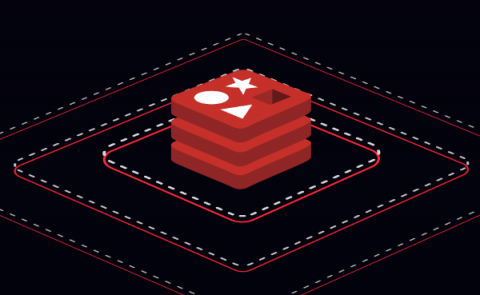Install MongoDB on Ubuntu: 5 Easy Steps
Do you want to Install MongoDB on Ubuntu? Are you struggling to find an in-depth guide to help you set up your MongoDB database on your Ubuntu installation? If yes, then you’ve landed at the right place! Follow our easy step-by-step to seamlessly install and set your MongoDB database on any Ubuntu and Linux-powered system! This blog aims at making the installation process as smooth as possible!











